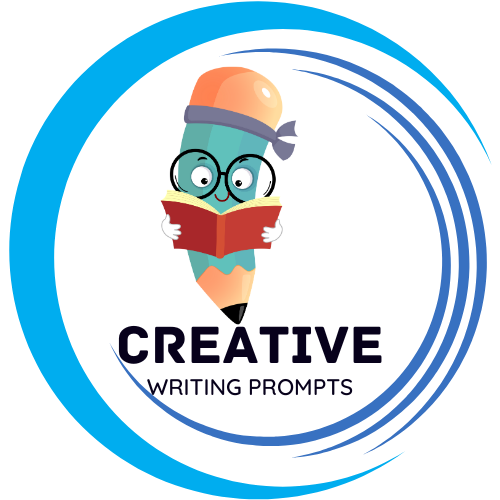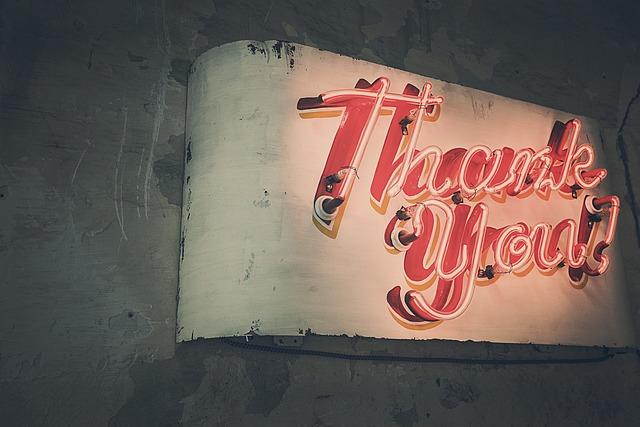Have you ever stared at a blank canvas, unsure of how to make your designs truly stand out? Well, fear not! In this article, we’ll explore the world of creative text orientation in Canva, and show you how to lay your fonts down in a way that will make your designs pop. Get ready to take your design game to the next level!
Contents
- Choosing the Right Font Styles for Impactful Designs
- Utilizing Text Orientation to Create Visual Interest
- Implementing Contrast in Font Sizes and Styles for Emphasis
- Exploring Different Alignment Options for a Unique Look
- Playing with Text Paths and Curves for Creative Layouts
- Incorporating Text Overlays for Dimension and Depth
- Experimenting with Shadow and Gradient Effects for Text Pop
- Tips for Maintaining Readability While Pushing the Boundaries
- Frequently Asked Questions
- Key Takeaways
Choosing the Right Font Styles for Impactful Designs
When it comes to designing impactful visuals, choosing the right font styles plays a crucial role in capturing the audience’s attention. The font you select can convey different emotions and messages, so it’s important to choose wisely. One key aspect to keep in mind is readability – opt for fonts that are easy to read at various sizes and distances.
To make a lasting impression with your design, consider using a combination of font styles to create contrast and hierarchy. Pairing a bold, attention-grabbing font with a more subtle one can help guide the viewer’s eye and emphasize key information. Additionally, utilizing unique and unconventional fonts can add a touch of personality and creativity to your design, making it stand out from the rest. Be sure to experiment with different font pairings to see what works best for your specific project.
Utilizing Text Orientation to Create Visual Interest
When it comes to design, text orientation can be a powerful tool in creating visual interest and capturing the attention of your audience. By simply changing the angle at which text is displayed, you can instantly add a dynamic and creative element to your design. Whether it’s tilting the text slightly to the right or left, flipping it upside down, or arranging it in a diagonal pattern, experimenting with text orientation can bring a fresh and exciting feel to your projects.
One way to effectively utilize text orientation is to highlight key information or important text in a design. By using a different orientation for specific words or phrases, you can draw the viewer’s eye and emphasize the message you want to convey. Additionally, incorporating different text orientations can help break up large blocks of text and make the overall design more visually appealing. Don’t be afraid to think outside the box and play around with various text orientations to see how they can enhance your designs.
Implementing Contrast in Font Sizes and Styles for Emphasis
When it comes to emphasizing certain words or phrases in your text, implementing contrast in font sizes and styles can be a powerful tool. By using a combination of different font sizes and styles, you can draw attention to the most important parts of your content, making them stand out to your readers.
To effectively implement this technique, consider using a larger font size for key words or phrases that you want to emphasize. **Bold** or italicize these words as well to make them even more eye-catching. Additionally, try using a different font style or color to further enhance the contrast and make the emphasized text pop. Remember to use these techniques sparingly and strategically, as overusing them can make your text appear cluttered and difficult to read.
Exploring Different Alignment Options for a Unique Look
When it comes to designing a unique and eye-catching aesthetic for your website or project, exploring different alignment options can make a world of difference. By experimenting with various alignments such as left, center, right, justified, or even asymmetrical layouts, you can create a visually striking design that stands out from the crowd.
One way to achieve a truly unique look is to mix and match different alignment options within the same layout. For example, **combining a centered header with a justified body text** can create a dynamic and interesting visual hierarchy that draws the reader’s eye. Additionally, playing around with asymmetrical alignments can add a touch of whimsy and creativity to your design, making it feel fresh and modern. By thinking outside the box and experimenting with different alignment possibilities, you can create a truly one-of-a-kind look that sets your project apart.
Playing with Text Paths and Curves for Creative Layouts
In the world of graphic design, text paths and curves are powerful tools that can elevate your layouts to a whole new level. By bending and shaping text along curves, you can create dynamic and eye-catching designs that draw the viewer’s attention.
One way to use text paths creatively is to wrap text around a shape, such as a circle or a wave. This can add visual interest to your layout and make your text stand out in a unique way. Experiment with different shapes and sizes to see what works best for your design. Additionally, you can use text paths to create custom typography that flows seamlessly with the rest of your layout. By adjusting the curve of the path, you can create dramatic and stylish text effects that are sure to impress. Try using text paths in conjunction with other design elements, such as images or patterns, to create a cohesive and visually striking layout.
Incorporating Text Overlays for Dimension and Depth
Adding text overlays to your designs is a great way to enhance dimension and depth. By strategically placing text on top of images or backgrounds, you can create a dynamic visual effect that draws the viewer’s eye and adds interest to your composition. To achieve this effect successfully, consider the following tips:
– **Choose the Right Font**: Select a font that complements the overall aesthetic of your design and is easy to read. Consider using bold or italic styles to make the text stand out even more.
– **Experiment with Placement**: Play around with the placement of your text overlays to find the perfect balance. Try placing text in different areas of the composition to see what works best for your design.
– **Use Contrasting Colors**: To make your text overlays pop, consider using colors that contrast with the background. This will help the text stand out and create a more visually appealing design.
– **Add Shadows or Outlines**: To give your text overlays a 3D effect, consider adding shadows or outlines. This can help create the illusion of depth and make your design more engaging for viewers.
Experimenting with Shadow and Gradient Effects for Text Pop
In the world of design, shadow and gradient effects can make text pop and stand out in a unique way. By experimenting with different combinations of shadows and gradients, you can create visually appealing and attention-grabbing text that enhances the overall look of your design. Shadows can add depth and dimension to text, making it appear more dynamic and three-dimensional.
When it comes to gradients, they can add a smooth transition of colors to your text, creating a more subtle and blended effect. By applying gradients to text, you can achieve a modern and stylish look that is sure to catch the eye of your audience. Combining shadows and gradients together can elevate the design even further, adding a layer of sophistication and interest. Play around with different shadow angles and gradient color combinations to find the perfect balance that makes your text truly pop on the screen.
Tips for Maintaining Readability While Pushing the Boundaries
When pushing boundaries with your writing, it’s important to remember that readability is key to effectively communicate your ideas to your audience. Here are some tips to help you maintain readability while exploring new territories:
Utilize white space: Breaking up your text with plenty of white space can help make your content more visually appealing and easier to digest for readers.
Use headers and subheaders: Organizing your content with descriptive headers and subheaders can help guide your readers through your writing and make it easier for them to follow your train of thought.
Choose legible fonts: While experimenting with typography can be fun, make sure that your fonts are still easy to read to ensure that your message comes across clearly.
Frequently Asked Questions
Q: What is text orientation in design and why is it important?
A: Text orientation refers to the direction in which text is laid out on a design, whether it’s horizontal, vertical, diagonal, or curved. It is important because it can impact the overall look and feel of a design, as well as guide the viewer’s eye through the content.
Q: How can I use Canva to experiment with text orientation in my designs?
A: Canva offers a variety of tools and features that allow you to easily manipulate and customize text orientation in your designs. You can rotate, skew, or curve text, and even layer text on top of images or other elements for added dynamism.
Q: What are some creative ways to use text orientation in Canva?
A: You can use text orientation to create visual interest, emphasize key points, create a sense of movement or flow, or simply break the monotony of straight, horizontal text. Experiment with different orientations to see what works best for your design.
Q: How can I ensure that my text is still readable when using different orientations?
A: When using unconventional text orientations, it’s important to consider factors such as font size, line spacing, color contrast, and background elements to ensure that your text remains legible. You can also use Canva’s preview and zoom tools to check the readability of your text before finalizing your design.
Q: Are there any best practices to keep in mind when experimenting with text orientation?
A: It’s important to strike a balance between creativity and readability when experimenting with text orientation. Keep in mind the overall purpose and message of your design, and make sure that your chosen text orientation enhances rather than detracts from the content. Additionally, consider your target audience and the context in which your design will be viewed.
Key Takeaways
Experiment with text orientation in Canva for unique and eye-catching designs that will make your content stand out. Let your creativity flow!







